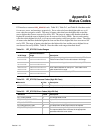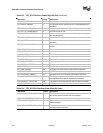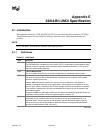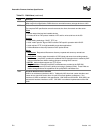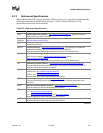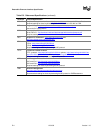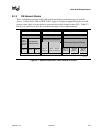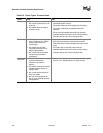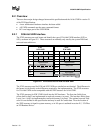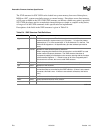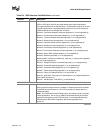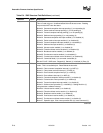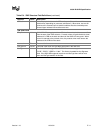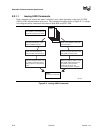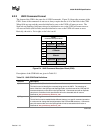
Extensible Firmware Interface Specification
E-6 12/01/02 Version 1.10
Table E-3. Driver Types: Pros and Cons
Driver
Pro Con
Custom
• Can be very fast and efficient.
NIC vendor tunes driver to OS
& device.
• OS vendor does not have to
write NIC driver.
• New driver for each OS/architecture must be
maintained by NIC vendor.
• OS vendor must trust code supplied by third-party.
• OS vendor cannot test all possible driver/NIC
versions.
• Driver must be installed before NIC can be used.
• Possible performance sink if driver is poorly written.
• Possible security risk if driver has back door.
S/W UNDI
• S/W UNDI driver is simpler
than a Custom driver. Easier
to test outside of the OS
environment.
• OS vendor can tune the
universal protocol driver for
best OS performance.
• NIC vendor only has to write
one driver per processor
architecture.
• Slightly slower than Custom or H/W UNDI because of
extra call layer between protocol stack and NIC.
• S/W UNDI driver must be loaded before NIC can be
used.
• OS vendor has to write the universal driver.
• Possible performance sink if driver is poorly written.
• Possible security risk if driver has back door.
H/W UNDI
• H/W UNDI provides a
common architectural
interface to all network
devices.
• OS vendor controls all security
and performance issues in
network stack.
• NIC vendor does not have to
write any drivers.
• NIC can be used without an
OS or driver installed (preboot
management).
• OS vendor has to write the universal driver (this might
also be a Pro, depending on your point of view).




